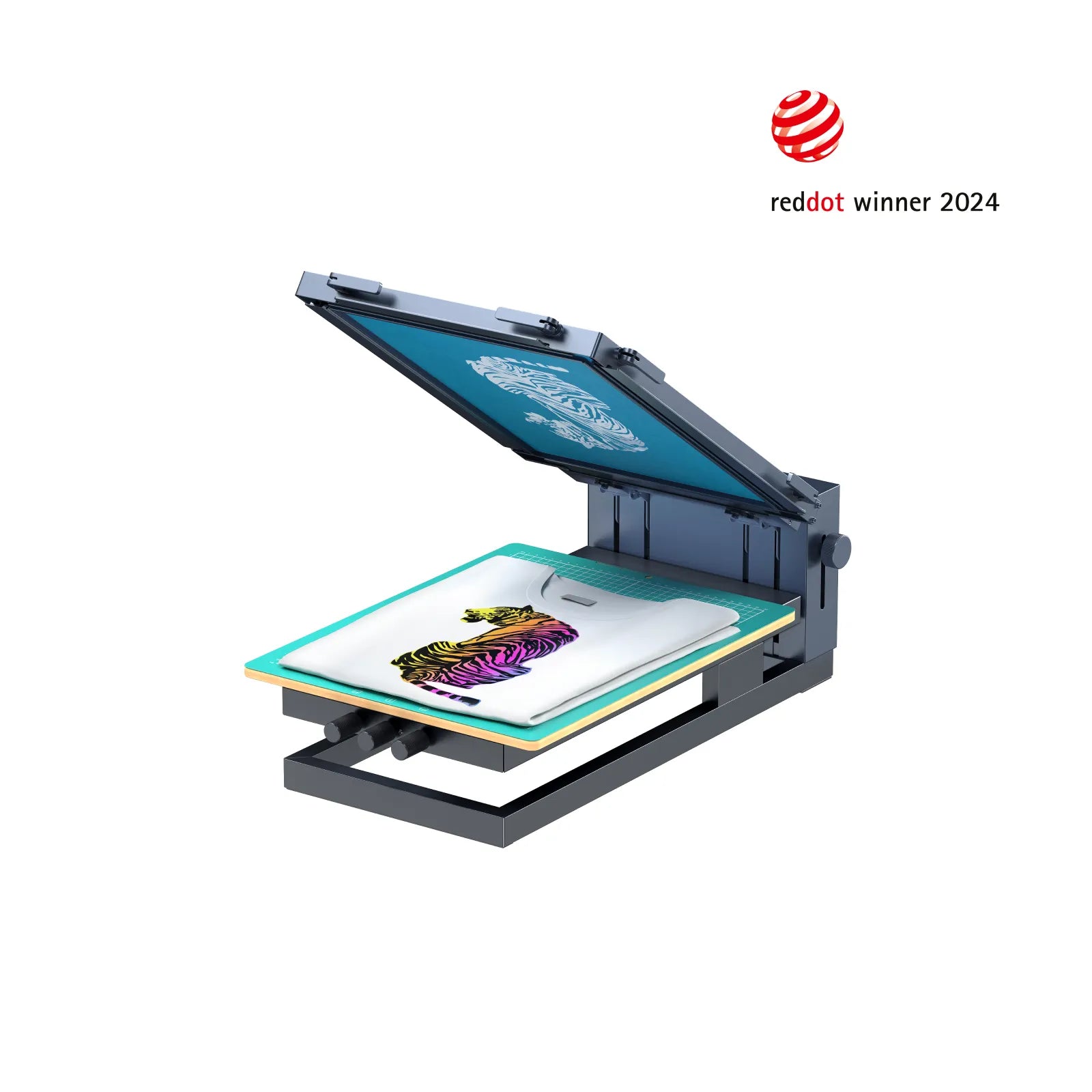ChatGPT said: Deep dive at 10:9 Design LLC Company screen printing process
The Important Overview to Comprehending Screen Printing and Its Versatile Utilizes
Screen printing has an abundant background that dates back to old times, developing right into an advanced method made use of throughout various industries today. This overview discovers the complexities of the screen printing process, detailing its applications in fashion, advertising, and home design - 10:9 Design Abilene. Recognizing these fundamentals can open innovative potential for both artistic and business tasks. The complying with sections will certainly expose necessary ideas and methods to boost one's screen printing undertakings
The History of Screen Printing
Although screen printing has roots that map back centuries, its development reflects the technological and artistic developments of various cultures. Originating in ancient China, the method was at first utilized for decorating textiles and later spread to Japan, where it became important to Ukiyo-e woodblock printing. The approach changed to Europe in the 18th century, where it obtained popularity amongst craftsmens and commercial printers. The innovation of image solution in the 20th century reinvented screen printing, enabling more elaborate styles and higher performance. Artists like Andy Warhol even more moved its appeal, utilizing the medium to create iconic jobs that blended commercialism and great art. By the late 20th century, screen printing had actually developed itself as a versatile strategy, utilized in vogue, advertising, and fine art. Today, it remains to develop, integrating digital innovation and increasing its applications throughout different markets.
The Screen Printing Process Explained
Screen printing transforms imaginative visions into tangible layouts with a series of exact steps. Initially, a photo is developed and afterwards moved onto a screen, typically constructed from great mesh textile stretched over a framework. A light-sensitive emulsion is related to the screen, which is exposed to light, solidifying in locations not covered by the photo. After rinsing the unhardened solution, a stencil is developed.
Next, the screen is positioned over the substrate, whether it be textile, paper, or an additional product. Ink is after that pushed with the open areas of the pattern using a squeegee, depositing the layout onto the substrate below. This process can be duplicated for multiple colors, needing separate displays for each and every tone. The published item is cured using warmth to ensure the ink sticks appropriately, resulting in a sturdy, dynamic design all set for usage.
Kinds of Screen Printing Techniques

In addition, specialty strategies, such as discharge screen printing, get rid of dye from the textile to develop softer prints, while aluminum foil screen printing uses metal foil to accomplish a glossy finish (10:9 Design Embroidery). Each technique supplies distinct characteristics, satisfying numerous creative demands and manufacturing scales, inevitably broadening the possibilities within the screen printing domain
Applications of Screen Printing in Various Industries

In addition, the signage and advertising sectors utilize screen printing for developing appealing screens and banners. This technique allows for vibrant colors and complex styles that record interest. In electronic devices, screen printing is employed for using conductive inks to motherboard, vital for part links. The home style industry embraces screen printing to generate distinctive layouts on textiles and wall art. In general, screen printing works as an essential tool throughout diverse fields, improving products with personalized and aesthetically appealing graphics.
Tips for Effective Screen Printing Projects
While embarking on a screen printing project, careful focus to information can substantially enhance the final result. First, picking top read more notch products is vital; this includes the screen, inks, and substrates. Using suitable mesh counts can affect ink deposition and detail resolution. Preparation is just as important; complete cleaning of screens and proper exposure times guarantee crisp prints.
Next, accurate enrollment is crucial for multi-color prints. Utilizing positioning devices can help attain exact layering. In addition, screening prints on scrap materials prior to manufacturing aids identify possible issues without losing resources.

Regularly Asked Questions
What Products Are Finest for Screen Printing on Material?
Cotton and polyester blends are optimal for screen printing on material as a result of their resilience and ink absorption. Furthermore, specialty fabrics like silk or canvas can create one-of-a-kind textures and coatings, improving the general style high quality.
Exactly how Do I Tidy and Maintain Screen Printing Tools?
To keep and cleanse screen printing devices, one ought to regularly clean displays with appropriate solvents, evaluate squeegees for wear, lubricate moving parts, and shop all items in a dry, dust-free atmosphere to lengthen their lifespan.
What Are the Ecological Effects of Screen Printing?
Screen printing can have considerable environmental impacts, consisting of chemical waste from solvents and inks, water usage during cleaning procedures, and power consumption. Sustainable methods and eco-friendly materials are important for minimizing these unfavorable impacts.
Can Screen Printing Be Done at Home Efficiently?
Screen printing can be successfully done at home with the ideal products and strategies. Enthusiasts can produce high quality prints, though success depends on their skill degree, tools, and understanding of the procedure involved.
What Are the Costs Connected With Beginning a Display Printing Organization?

Beginning a screen printing service entails prices for devices, materials, and work space. First costs generally range from a few hundred to several thousand bucks, depending on the scale, quality of machinery, and preferred production capability.
Screen printing has an abundant history that dates back to old times, advancing right into an innovative method used throughout numerous sectors today. One more method, rotating screen printing, utilizes round displays, helping with continuous printing on material rolls, therefore boosting efficiency for massive productions. Furthermore, specialty strategies, such as discharge screen printing, eliminate dye from the fabric to create softer prints, while foil screen printing uses metal aluminum foil to attain a glossy surface. In the style industry, screen printing is commonly utilized to produce vibrant layouts on clothing, making it possible for brand names to display their distinct styles. Cotton and polyester blends are optimal for screen printing on textile due to their toughness and ink absorption.